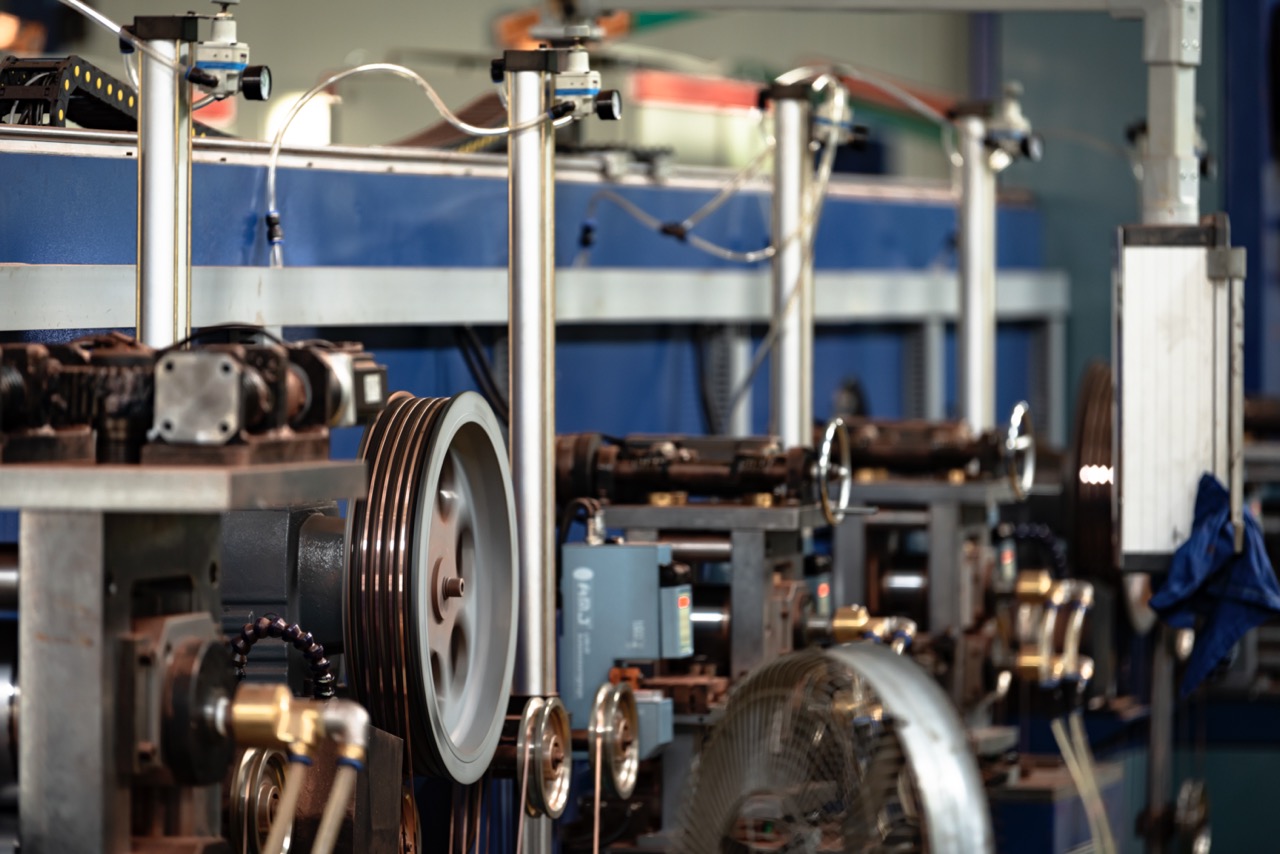Copper clad aluminum stripThe tensile strength of CCA tape is a key indicator of its mechanical properties and directly affects itsPhotovoltaic welding ribbon, cables, electronic componentsThe following is a comprehensive analysis of the tensile strength of copper clad aluminum strip:
?? 1. Structural composition of copper-clad aluminum strip
Copper clad aluminum strip is made of pure aluminum core (usually soft 1350 aluminum or alloy aluminum)andThe surface copper layer (high-purity electrolytic copper) is composed of hot-rolled or cold-rolled composite technology. The physical and chemical combination between the two metals has a great influence on the tensile properties.
?? 2. Reference for tensile strength parameters of copper-clad aluminum strip
| project | Value range (depending on structure and process) |
|---|---|
| Soft tensile strength of copper layer | About 200 MPa |
| Aluminum core tensile strength | About 80~130 MPa (depending on the type of aluminum) |
| Copper clad aluminum overall tensile strength | Generally 120~180 MPa |
| Elongation (soft state) | ≥ 10% |
Note: A high copper layer ratio or the use of a hardened aluminum core can further increase the tensile strength.
?? 3. Key factors affecting tensile strength
- Bonding degree between copper layer and aluminum core
- If the bond is not strong enough, it may peel or break during stretching or bending.
- Excellent metallurgical composite technology (such asRaytronThe bimetallic rolling + heat treatment bonding technology used can ensure high bonding strength.
- Copper layer thickness
- Thicker copper layers provide stronger surface support, but also increase cost and weight.
- Thin copper layers are prone to cracking under stress, affecting reliability.
- Aluminum core type
- Soft aluminum (such as 1350) has good toughness but average strength, while alloy aluminum (such as 8000 series) has higher strength but slightly lower conductivity.
- Heat treatment status
- The annealed (soft) state improves ductility and is suitable for photovoltaic ribbons;
- The cold hardened state can improve the tensile strength and is suitable for occasions with high mechanical loads such as cables.
? 4. Why is tensile strength important in the photovoltaic field?
- Automatic welding and pulling process: High-speed belt pulling has high requirements on the toughness and strength of the welding belt to prevent belt breakage.
- Long-term thermal expansion and contraction of components: Good elongation and strength are required to avoid cracking of solder joints.
- Tensile stress during transportation and installation: Insufficient strength can easily cause material damage.
?? 5. Ruichuang’s technological breakthrough in tensile strength
- Using high-precision rolling technology, the copper layer and the aluminum core are tightly compounded to avoid delamination.
- Achieved copper layer thickness ≥0.05mm Uniform control improves surface strength.
- After compounding, multiple annealing treatments are performed to balance tensile strength and flexibility.
- Different performance specifications such as "high strength" and "high ductility" can be customized according to customer needs.
?? Conclusion
Although the tensile strength of copper-clad aluminum strip is lower than that of pure copper, it can be improved through composite structure optimization and process adjustment.It can fully meet the requirements of photovoltaic welding ribbon for tension, flexibility and durabilityEspecially inLightweight, cost-effective, structural alternative to copperThere are unique advantages in this regard.
